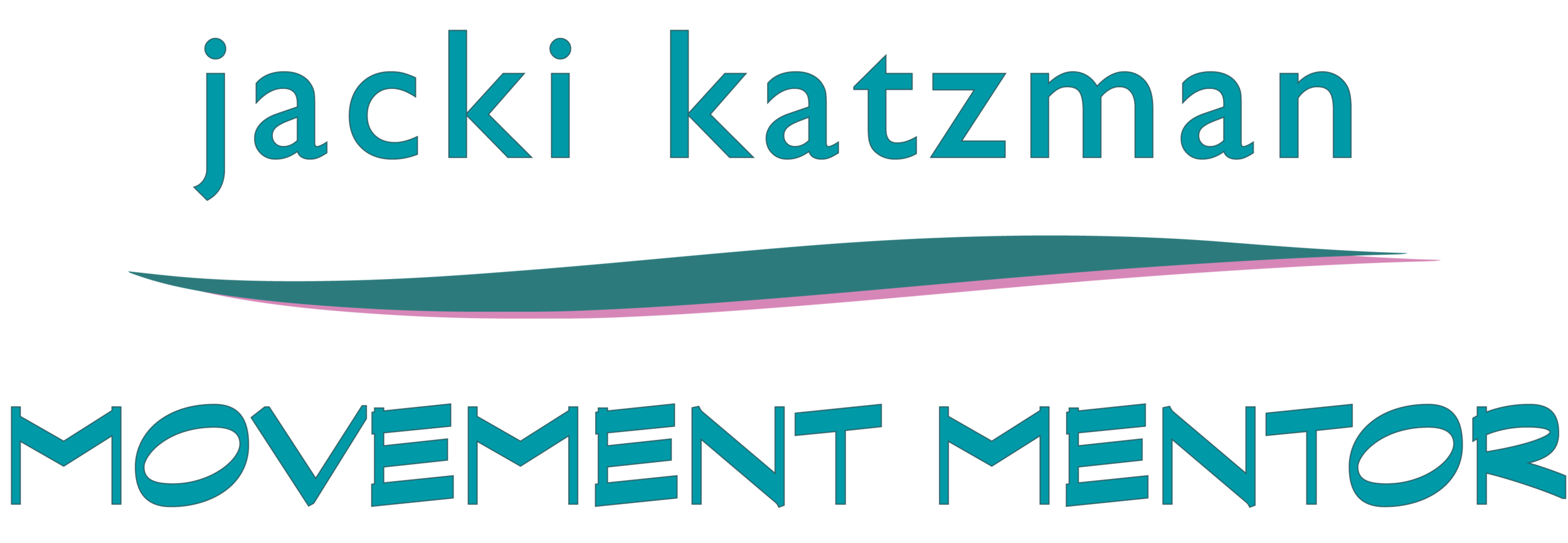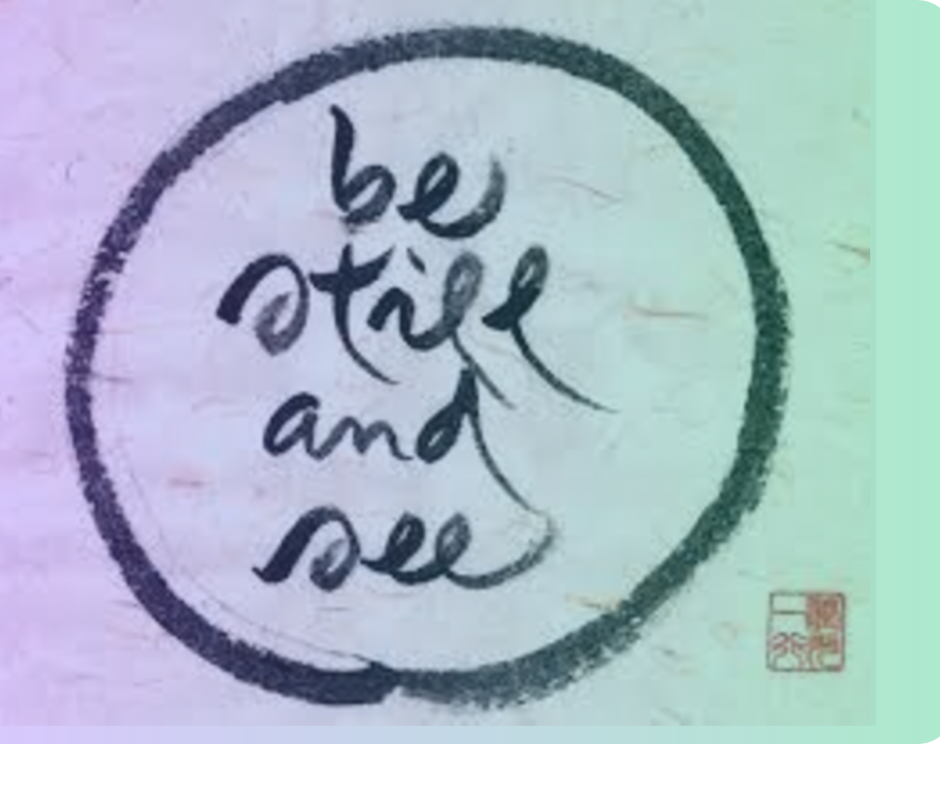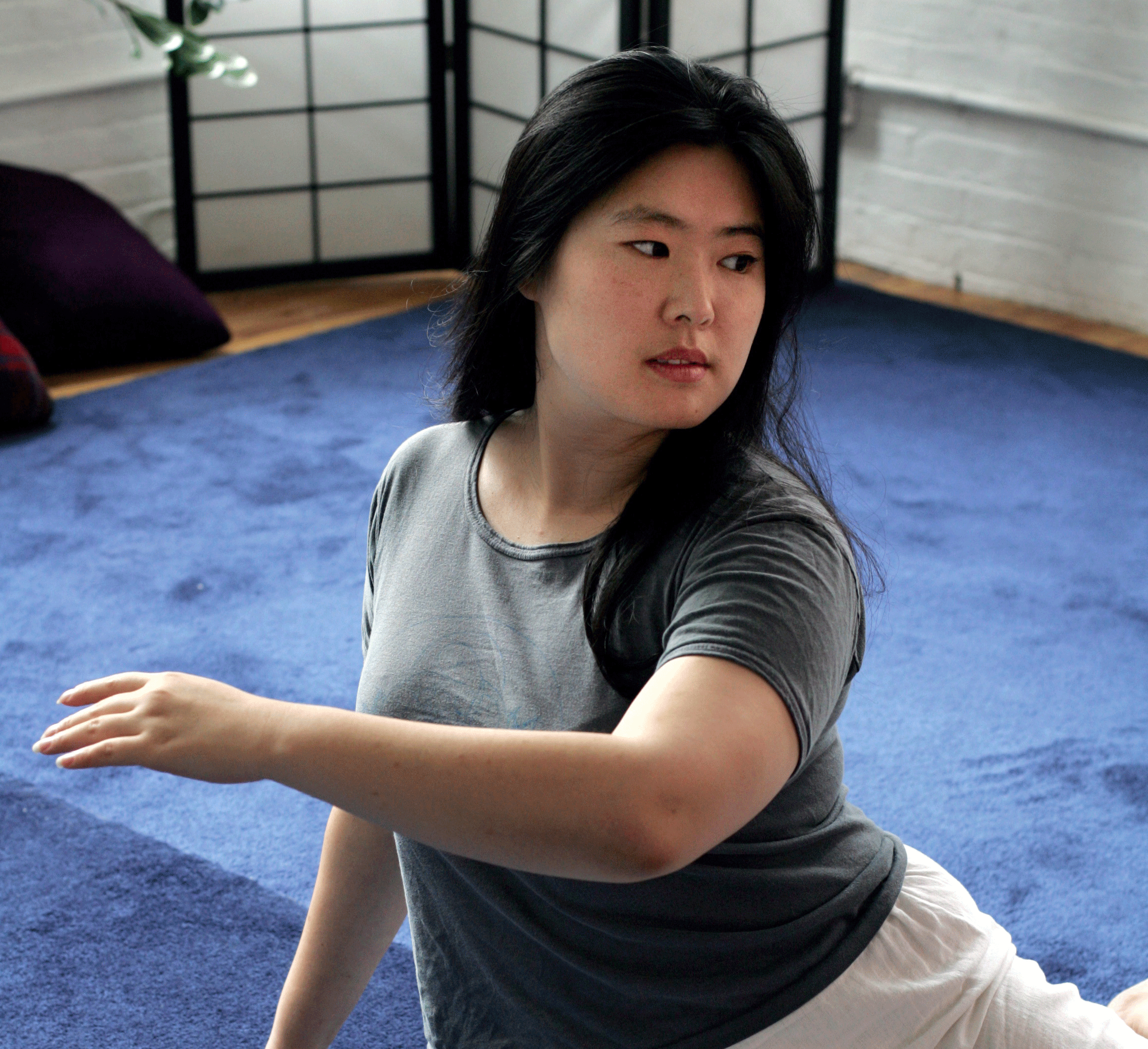Full Circle - 10 - Floating, Gazing, Turning
Calligraphy based on ThIch Nhat Hahn by themettagarden.com
Full Circle - 10- Floating, Gazing, Turning
Floating a hand, guided by eyes, turning with ease
Based on Moshe Feldenkrais’ “Movement of the Eyes Organizes the Movement of the Body” Chapter 10 from Awareness Through Movement (the “dead bird” lesson)
This lesson is popular with people who use their hands for performance or craftwork - focusing on each finger in turn can be fascinating.
My original intention with this series was to circle back to the repertoire of foundational Awareness Through Movement lessons.
One of the first lessons that blew my mind was this one: the twisting lesson sometimes called “the dead bird” because, once upon a time, long ago, a student likened the hand position to a dead bird. Dr. Feldenkrais taught this lesson on his pilgrimage with Mia Segel to Japan and named it for the master for whom he taught this lesson. I can’t find the reference right now, and I could be wrong, but that’s what I remember
Here is Moshe on this lesson:
Now you will learn how eye movements coordinate the body movements, and how they are linked to the movement of the neck muscles. Testing these connections of eye and neck muscles separately increases control of body movements and makes them easier. The movement of the eyes in an opposite direction to that of the head—and movement of the head in an opposite direction to that of the body—add a dimension of movement of which many are not aware. These exercises broaden the spectrum of activity and help to eliminate faulty habits of movement. You will also be able to distinguish between the muscles that control the movement of the eyeballs and the muscles that control vision more specifically.”
Allow the hand to float in front of your eyes, follow it with your gaze and allow the body to flow along with it. We side-sit, unusual for ATMs, to better feel the grounding into the sit bones and twist of the spine. Remember Dennis Leri and let the base of the neck ‘lever’ for the entire body.
According to science hunk Dr. Andrew Huberman, the eyes are bits of the brain. Eyes affect mood, alertness, focus, and more. As he explains in “The Science of Vision, Eye Health, and Seeing Better”:
What is clear and what is the topic of this discussion is that the eye can dynamically adjust where light lands by moving the lens and changing the shape of the lens in your eye, through a process called accommodation. And if you understand this process of accommodation, you not only can enhance the health of your eyes in the immediate and long-term, but you also can work better. You'll be able to focus better on physical and mental work. You will be able to concentrate for longer. And I want to emphasize that so much of our mental focus, whether or not it's for cognitive endeavors. or physical endeavors, is grounded in where we place our visual focus, okay?…
if you are feeling tired, it actually can be beneficial to the wakefulness systems of the brain, including the locus coeruleus and these areas that release norepinephrine to actually look up, to actually look up toward the ceiling. You don't want your chin all the way back, but to look up and to raise your eyes toward the ceiling and to look up and try and hold that for 10 to 15 seconds… This is looking up and actually looking up at the ceiling. It actually triggers some of the areas of the brain that are involved in wakefulness. So if you're somebody who's falling asleep at your work, this can be very beneficial. Likewise, many people are looking at their phone all day, and their chin is down, and then they're sitting at a computer that's positioned below them, and they're having trouble staying awake or focusing.
Allow your eyes and hand to float through this lesson. Go slowly to find look for focus, deeper turns, softer eyes, and a relaxed neck.
Science Nerd Candy Bowl:
Spinal Motion Segment C7-T1 - Veritas Health (2:10) Helpful animation showing
The Science of Vision, Eye Health, and Seeing Better - Huberman Lab Podcast ( transcript Dr. Andrew Huberman (1:49:37)
Set Up for Side Sitting Lesson:
For side sitting, leaning back slightly, supported by one hand on the floor - a mat to sit on, possible support under one sit bone, possible padding for supporting hand
Or sit on a flat-bottom chair without sides or stool, with knees level with hips
How you might feel after this lesson: Longer; Open; Breathing deeply; Better visual focus; Deeper turns, Softer eyes, Relaxed neck.
“We have to continue to learn. We have to be open. And we have to be ready to release our knowledge in order to come to a higher understanding of reality.”
If you have a Wednesday 9:30 am or 6:30 pm class registration, keep using it. If you were registered for the 12:00 pm Wednesday session, you’ll need to register. Registered, paid students receive the lesson recording link on Thursday. $40/month; $15/single lesson. PayPal or Venmo to jackisue@aol.com. Or check to Jacki Katzman, PO Box 116, Bethlehem, NH 03574
For new student registration, Click Here
For floating, Angelo Badalamenti, from the Twin Peaks sound track. Thank you David Lynch.



